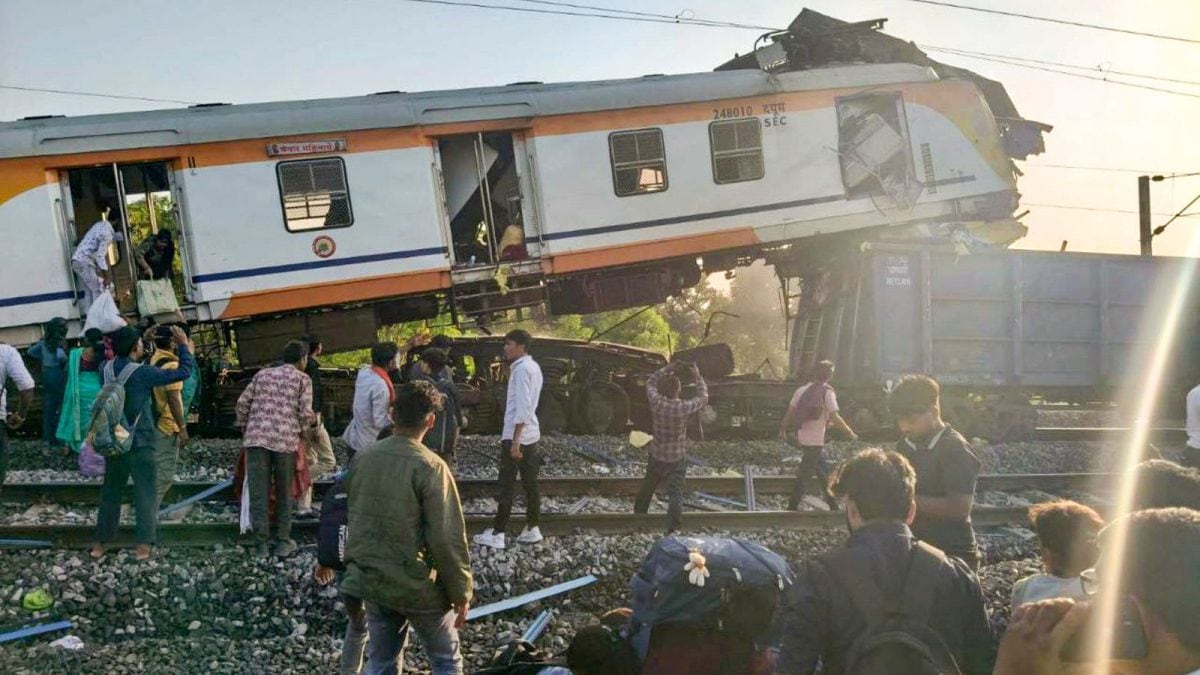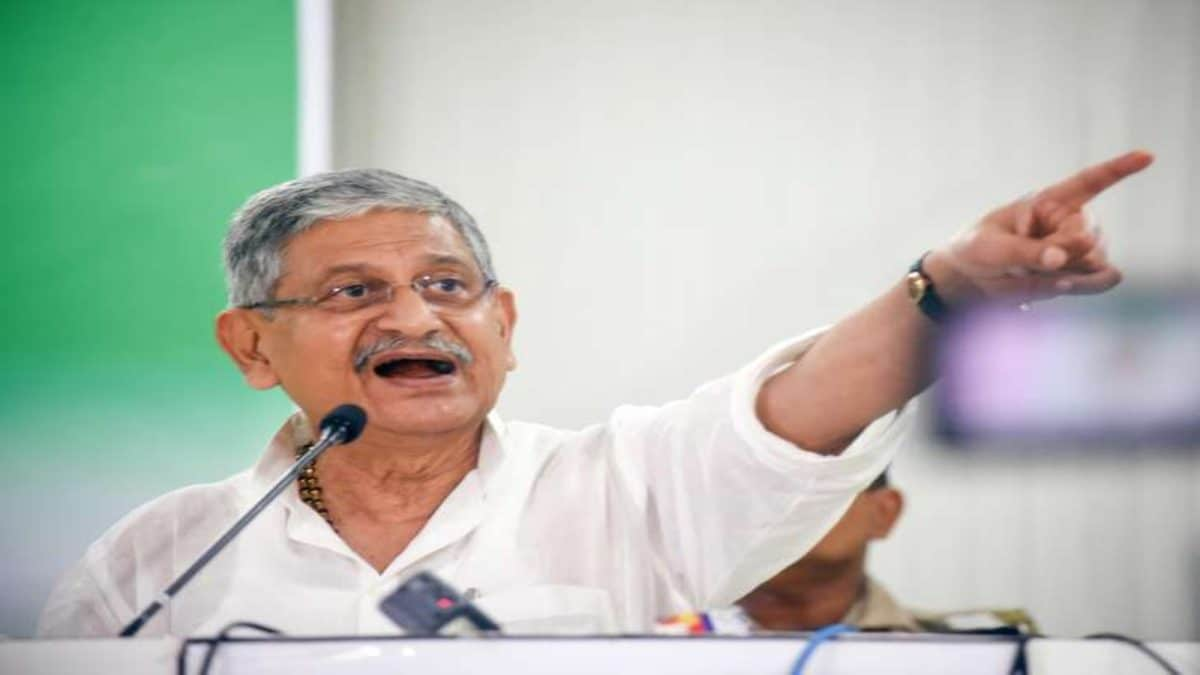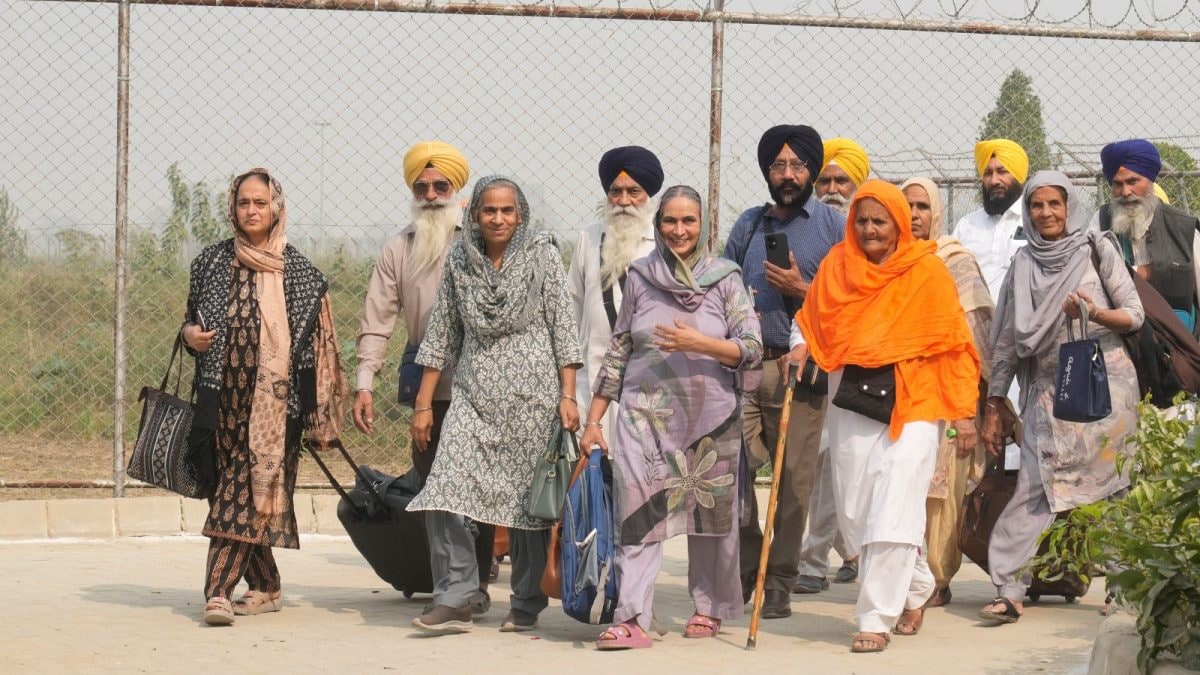Poor Victoria Public Hall. The path to its restoration and eventual use appears to be under fire. The latest in the saga of its conservation and rededication as a city centre is the sudden barrage of bad press it received in the last few days. Do we need so much (₹40 crore) to be spent on this building was the query raised. With elections to the State Assembly imminent, such questions have the potential to cause disquiet. But there can be no two answers. The city’s hall deserves this restoration. There are certain symbols that must be maintained, and this is one of them.
The irony is that V.P. Hall is among the few heritage restoration projects of the government which has a revenue model in sight. That is more than can be said about its predecessors. The University Senate House, which was the first significant restoration, in which I was involved as a mere fly on the wall, cost ₹11 crore, much of it crowdfunded. That was in 2007, and you can adjust the cost to the present values. Nothing came of that exercise, beyond giving examination papers a well-maintained home. Senate House was not put to the uses that were promised.

Then you have Chepauk Palace. Estimates vary, but if the cost of all wings and tower is added, you get more than ₹50 crore. And all for becoming home to the National Green Tribunal, with a museum of independence attached.
Compared to these, V.P. Hall has a far more robust revenue model. They are talking of a museum (not the most original of ideas) on the ground floor, but the first floor is to be let out for events. If this were to be professionally managed and not subject to political pulls or ideas of outmoded socialist pricing, there is no reason why V.P. Hall should not generate revenue. The key, of course, lies in professional management – the place needs to be contracted out or at least placed under a Trust Board that has a chief executive with revenue targets. A coffee shop and a souvenir store may add to the scope. And the museum itself will need to have changing exhibits if it wants footfalls. At present, all of these ideas seem to be there. It remains to be seen how the implementation happens.
Multiplying costs
It is not clear as to what prompted the Corporation to term the present activity at V.P. Hall a ‘minor restoration’ exercise. The building is actually being refurbished from top to bottom. It is just that the entire project has been subject to enormous delays – starting with litigation, then the Metro Rail excavations, and then the present restoration. In all of this, the costs have only multiplied.

There is a bigger lesson – much of the cost overrun at Senate House, Chepauk Palace, and V.P. Hall is due to years of neglect. If these buildings were in regular use, the damage to be rectified would have been far less, and routine maintenance by itself would have cost a fraction of what such extensive restoration does. The government has consistently made this mistake in the past of closing down heritage buildings and then one day, either demolishing them or embarking on an expensive refurbishment. Fortunately, the former has reduced in occurrence. But the latter, when taken up, is like mending an old fabric – a rent fixed at one end often leads to a tear in another, and the process swallows money. Keeping V.P. Hall in regular use is important for the future too.
(Sriram V. is a writer and historian.)

 2 hours ago
5
2 hours ago
5









 English (US) ·
English (US) ·